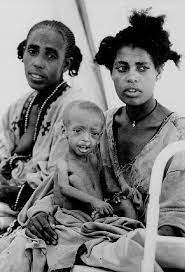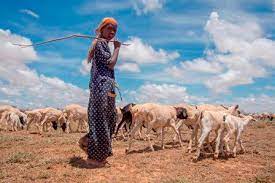Abstract
Background: Children who experience poor nutrition during the first 1000 days of life are more vulnerable to illness and death in the near term,as well as to lower work capacity and productivity as adults. These problems motivate research to identify basic and underlyingfactors that influence risks of child malnutrition.
Methods: A comprehensive literature search was conducted using at the electronic databases (PubMed, Hinari, and Google Scholar database) to locate potential studies. Heterogeneity between studies was checked using Cochrane Q test statistics and I2 test statistics and small-study effects were checked using Egger’s statistical test at a 5% significance level. A random-effects model was employed to estimate the pooled prevalence and associated factors of undernutrition among children age 6-59months in Africa.
Results: Of a total of 585 articles retrieved from the databases, 12 studies met our inclusion criteria. The pooled prevalence of wasting,s tunting and underweight among conflict affected African countries was 20.25% (95%CI=15.08–25.43),34.18% (95% CI=26.34–42.02), and24.00% (95%CI=16.35–31.65), respectively.The most consistent factors associated with childhood stunting, wasting and under weight in Africa were: low mother’s education, prolonged duration of armed conflict, and place of residence(rural).
Conclusion: Severity of malnutrition crises will be assisted by a better understanding of the variables associated with child malnutrition, which will improve the effectiveness of development and humanitarian responses. We urge that health planners, policymakers, and the general public prioritize children with acute malnutrition in Africa’s conflict-affected areas.



